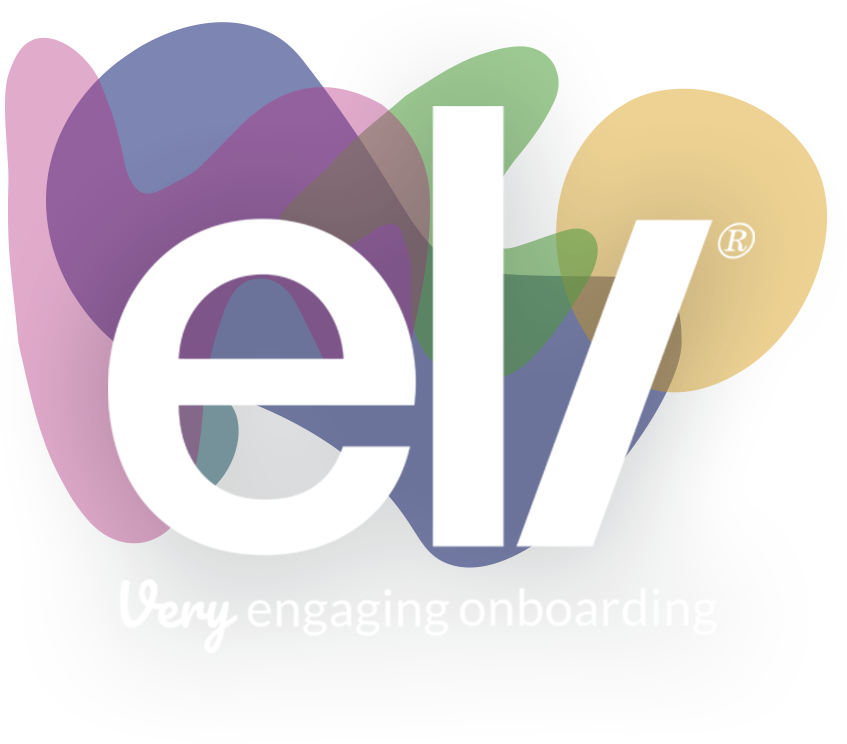How to avoid content overload in onboarding
 Published by Dave Netley 13/05/2024
Published by Dave Netley 13/05/2024
What type of messages should you be sending out to upcoming new employees?
If you research the literature out there when deciding what you want to include in your onboarding communications, you might just find yourself a tad overwhelmed. This is especially true if you’re just building out a more robust process to standardise and elevate what you already have. Luckily, this article focuses on the important things to consider at key points in your onboarding journey.
The first major consideration will be splitting out the pre- and post-day one communications. Whilst it might be easy to bulk everything together and just send out one piece of communication with everything included, this can be extremely off putting to a new starter – a real information overload. Consider what you’d want to know at various points if you were starting a new job. For example, you probably don’t need to know about the procurement policies with three months to go until you start (unless you happen to be starting in procurement).
Within these communications it’s also important to make a distinction between must know, and nice to know. This can help you in deciding when that information needs to be in the hands of the new starter. Be careful of falling into the trap of waiting to send out the “nice to know” information after they start however. Not only will they have a lot more to take in during their first few weeks at work, but the nice to know information often helps to build a sense of connection or belonging during pre-boarding, and that is good for reducing your drop out and early attrition.
You’ll also want to think about the method of communication and how to keep your content engaging. Having absolutely everything via written email can provide a monotonous experience for the new starter, and likewise putting all pieces of information into a video format might provide too much for someone to want to sit through when they’re able to watch a video. Keeping the balance here enables a steadier stream of information for the individual to keep on top of, rather than have everything filed away never to be looked at because it’s become overwhelming. The right onboarding technology will offer you multiple ways to push out content and communications and can even release information at the right point in a new hire’s onboarding timeline.
Finally, it’s important to think through what might come up naturally during the onboarding process to try and avoid repeating information. Many organisations for example will have a host of learning modules to cover some processes and policies, so it won’t be necessary to share the same information, prior to them sitting those modules (though a heads up of what to expect is always nice). Instead, focus on the information suitable for the time that you know isn’t going to be covered at a later date elsewhere. Business updates are a good example of this. With the exception of major changes within your organisation, many updates might be fleeting but important for your new starter to be aware of. Compiling these into a new hire newsletter, or adding them to a dedicated onboarding social wall, can be a good way to keep people up to date, without having to send over every piece of internal news.
The very best way to avoid information overload though is through personalisation. Tailoring the information a new hire receives to their business area or location, their grade or whether they’re a people leader or not. This way, you can ensure they have the right content at the right point in their onboarding experience, and that, in turn, will build confidence and knowledge, as well as maximising early performance.
Beyond the content/information you provide, a fantastic way to build engagement is to have a meet and greet with the team. But, when thinking of more in-person related communications, we should consider the context in which this arises. If you have a more social team that is often together for lunch, or after work activities, then it makes sense to invite your new starter to something planned before they join. If, however, you don’t work in an organisation like that, then perhaps a setting more work-focused is a good way to introduce them, like a regular team meeting. This also means the person could join in person or virtually depending on the situation. Essentially, there’s no point forcing informal team socials for a new starter if that isn’t something you usually do within the team or company.
Rather than provide an exhaustive list of everything you could send out at any point during the onboarding process, as this will vary from company to company, here’s what we recommend, based on our eight stages of a great onboarding experience:
- Deliver a very warm welcome
- Ensure new hires understand your onboarding process, what they need to do and when (such as reading policies, signing contracts, etc). Avoid duplication.
- Build knowledge of your organisation and the business area they’re joining
- Help them connect with your people and get under the skin of your culture
- Prepare them for their first week, especially the little things you take for granted.
- First impressions count, so ensure week one isn’t left to chance and everyone has the information they need (especially their line manager)
- Maximise early performance over the first few months, by combining the important business and technical aspects of your onboarding with more social ones.
- Ensure they’re thinking longer-term and have access to the support, learning and people they need to grow their career.
Using the stages above as a guideline, it helps to create a timeline of what content is to be made available when. And which is must know and nice to know.

Once you’ve listed everything out, you can start to plan your communications much more effectively and also think through the timescales for pre and post-day one, releasing information at the right point, rather than all at once – even if you don’t have an onboarding technology partner like Eli to manage this for you.
Remember, the very best experiences evolve and adapt to suit their audiences, so don’t be afraid to reduce the amount of information you’re pushing out if you feel there’s too much for a new hire to absorb at any one point, or (even better) give new hires the opportunity to shape the experience around their own needs.




